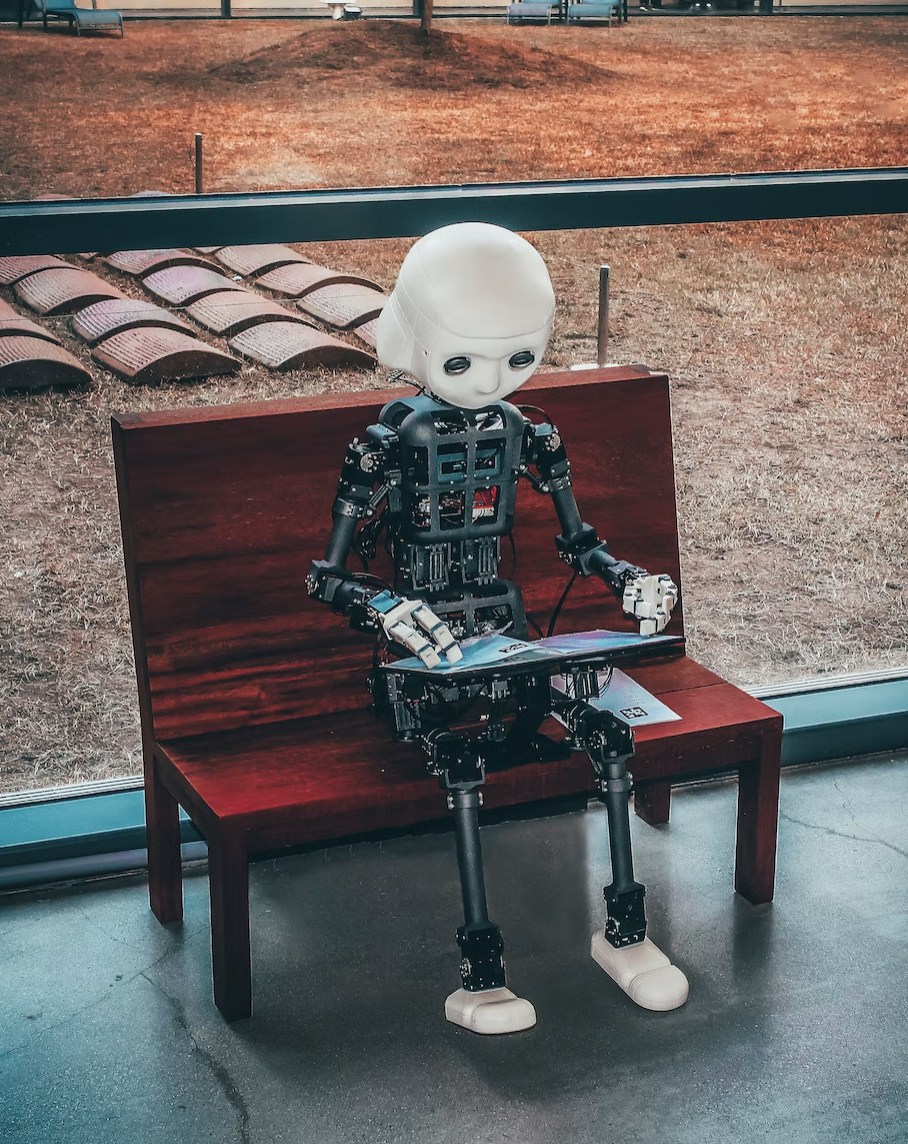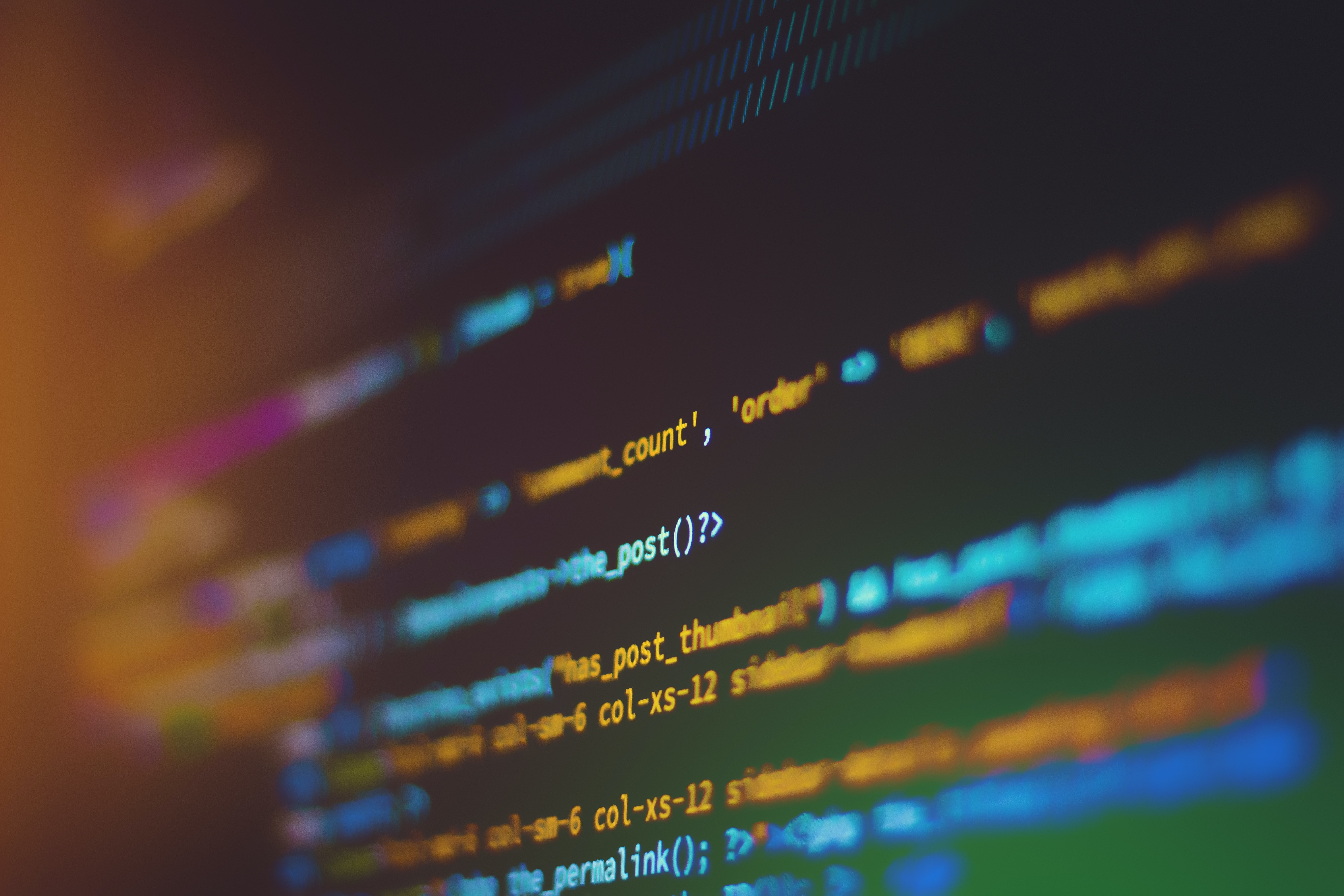With the Bodleian Library announcing that it will be archiving some private Twitter accounts, archival research and teaching is in the midst of an exciting expansion, opening up to alternative archives and reimagining what is understood by an archive. Sara Salem and Clare Hemmings explore the pleasures and challenges of taking a creative approach to archives.
Clare Hemmings (CH): The main reason I love teaching Archival Interventions: feminist, queer and decolonial approaches, which showcases collections excluded by more conventional archives, is that it brings together students who are enthusiastic about foregrounding the critical perspectives that lie at the heart of the course and thinking about the limits of conventional archiving. But the students are also encouraged to take a creative approach to their own archiving practices, drawing on and developing work on visual and bodily archives, and integrating speculative approaches that start from what is missing in the archive. In seminars and lectures, I draw on visual, aural, and textual archival sources to give breadth. I know you also use innovative teaching techniques and approaches, Sara…
We think about archiving as process, and whether one should consider resisting the impulse to archive
Sara Salem (SS): Yes, the most exciting thing about teaching on anticolonial archives is the freedom it gives to experiment with different techniques. I’ve tried to think about how we can move away from the (English-language) written text as the main source of knowledge by incorporating other senses. In The Anticolonial Archive: the sociology of empire and its afterlives I ask what happens when we de-centre colonial and state archives and instead expand what we consider an archive to be. Alongside literature, archival data, posters, images, speeches, films, and memoirs, students also think about water, dust, soil, ancestors, dreams, the body, waste, and other materials.
Through these explorations, we experiment with the archive as expansive and slippery, as everywhere and nowhere, and as something that is collective and intimate. We also think about archiving as process, and whether one should consider resisting the impulse to archive.
Visual and aural materials have been just as important. These sources engage other senses and ways of knowing, but also speak to the multiple ways of archiving that exist around the world, where written texts are not necessarily the sole means of recording history. Even when working with more ‘traditional’ archives, the feeling of being in an archive or touching the archival materials can change how we interact with history. This also speaks to a challenge I’ve faced in the course: it’s easier to organise visits to the National Archives than to think of how we might bring food, water, soil, and so on into the classroom as archives.
Food as archiving
We’ve had sessions on food and archiving, where the experience of having a chef with us, who brought the food she works with, completely changed the experience of being in the classroom.
We worked with chef Fozia Ismail, who looks at the movement of food across trade pathways and the diaspora as a form of archiving that tells us about history. During the session, she made tea and various foods, using them as archives to tell us stories about the Somali diaspora in the UK. Suddenly, smell and taste became central to our discussions, reorienting us towards other ways of learning about history that are dependent on other senses.
Physical archives, virtual archives and body archives
CH: I love this idea of the smells, tastes, and sounds of archiving as a way of prioritising different kinds of histories of knowledge! I have a related commitment, which is to ensure that students visit as many archives as they can, to explore and inhabit archival spaces. They explore the archives at LSE – the Women’s Library and the Hall Carpenter Archives, for example – but also visit a range of archives within and outside London, in person and online. Those different modes allow students to explore the differences between accessing archives in person – with all its imposing materiality – and online, which doesn’t have quite the same bodily impact, but enables access for a broader range of visitors (and was so important during Covid, of course). I really want to ensure that students can appreciate the smells and feelings of archival visits as well as learning how to do research virtually, while retaining many of the critical approaches to gatekeeping and sampling.
They also identify additional archives related to their own research interests. These have included the Bishopsgate Institute, the Serpentine Gallery, and the Arolsen Archives of Nazi Persecution. Students have developed their own archives, from family photographs, memoir and memory work, or from their participation in social movements or volunteering in archives. They’ve often taken up the more experimental work on body archives (following Julietta Singh’s No Archive Will Restore You), thinking about how scars, tattoos or emotions also form archives. They folded in the work on presence and absence in the archives, too, working with Saidiya Hartman’s exquisite descriptions in Venus in Two Acts of working with archival traces that cannot be verified but which must have formed part of the experiences of the past. Hartman’s work is on the importance of that speculation when encountering slavery archives, which otherwise only reproduce the violence of slavery.
What I try to emphasise throughout the course is the difficulty in pinning down a definition of ‘an archive’
SS: Some of our visits – such as to the LSE Library archives or the British Library archives – consider how we might search or read institutional archives in anticolonial ways. We also spend time with leftist archives, such as the May Day Rooms. Other archive sessions are with people who work with creative and artistic archives, such as food/recipes, film, music, and more. What I try to emphasise throughout the course is the difficulty in pinning down a definition of ‘an archive’ as well as a rethinking of the process of archiving itself.
Emotion in the classroom
At times I find myself thrown off balance, unsure of what to do when emotions are heightened
One thing I have found interesting while teaching this course is the unexpectedness of the teaching process itself. Because of how open the course is to different ways of knowing and feeling, the emotional registers of the classroom are different each week, and each year. I have found this inspiring and moving, as well as difficult. At times I find myself thrown off balance, unsure of what to do when emotions are heightened or I can feel how sad or pained students are by something. During these moments I try to pause and let us feel the emotions in the classroom, rather than brush past them or try to move past the discomfort. This has been a learning process for me; my initial instinct is often to get us back to ‘neutral’ rather than sit with tension, discomfort, or shock. Over time it’s something I have come to think of as necessary and something I have to work on in my own teaching practice. This raises a point about the challenges of teaching with archives like these. Other moments I find myself full of hope and completely reinvigorated by a discussion or session. These emotions are so much a part of this course, and I wonder if and how you experience this too?
CH: Yes! I hear you on the circulation of emotion in the classroom. I taught a week on indigenous and decolonial archiving, which introduces Indigenous archival reframings in terms of collective practices, and finds ways to witness historical erasure and atrocity. It’s hard to sit in that place because it’s a confrontation with the links between genocide and ‘collecting’. I found myself feeling tearful when teaching Rona Sela’s film archival work that weaves across and through Israeli military archives, foregrounding theft and death. And when I looked up, the students were in the same space. It enabled an enriching conversation about affect and archiving, ethics and history, but it came from a place of accountability that needs sitting with (at least on my part).
Assessment challenges
Of course, it also means that there are questions about how to assess courses that ask students to make themselves vulnerable to different ways of knowing. It was always clear to me that a standard essay format wouldn’t work, and so I ask the students to go into an archive and describe it and the encounter, engage with its holdings, and identify further research questions. It needs a lot of support, though, because it’s not a standard way of assessing, and so I have a sequence of workshops to showcase similar engagements, and also give substantial feedback on their formative work for them to expand. I have to say, last year, I was blown away by the innovative and heartfelt work that they did. I learned so much from them about different archives and ways of navigating them. While some students struggled with the innovative nature of the assessment, since it tends to place people outside their comfort zone, the risks were outweighed by the results, in my view. Even students who struggled to work with original sources, for example, felt that they had learned new skills that could help with future dissertation work.
Some students find it liberating, while for others it may create additional stress
SS: Yes, the question of how to assess a course like this is one I’ve been thinking about a lot. The obvious answer would be to not assess, but since we have to complete some form of assessment, I’ve adopted a similar approach to you: encouraging students to write more reflective essays about an encounter with an archive/archival object. I have also been blown away by the thoughtful and creative work that students produce, and especially how expansively they think of archiving and archives. At the same time, one challenge has been to encourage students to feel like they can write reflective pieces of work. It takes more labour on my part, in terms of laying out what this assessment means and inviting students to engage in it creatively. When it’s something they aren’t used to, it can be stressful for them as it’s still something they will be assessed on and yet they are trying it for the first time. I think with assessments like this, it gives some students the space to work in a way they find liberating, while for others it may create additional stress as it can be less clear what is being expected. I’ve been thinking about whether an assessment based on a portfolio might also work well, rather than doing an assessment at a fixed time when the course is over.
Thinking about these kinds of questions has made me appreciate teaching this course even more; I’m constantly being challenged to rethink my own assumptions around the subject of archiving as well as on teaching as a practice.
Image source: main photo by JJ Jordan on Unsplash
____________________________________________________________________________________________
This post is opinion-based and does not reflect the views of the London School of Economics and Political Science or any of its constituent departments and divisions.
____________________________________________________________________________________________





